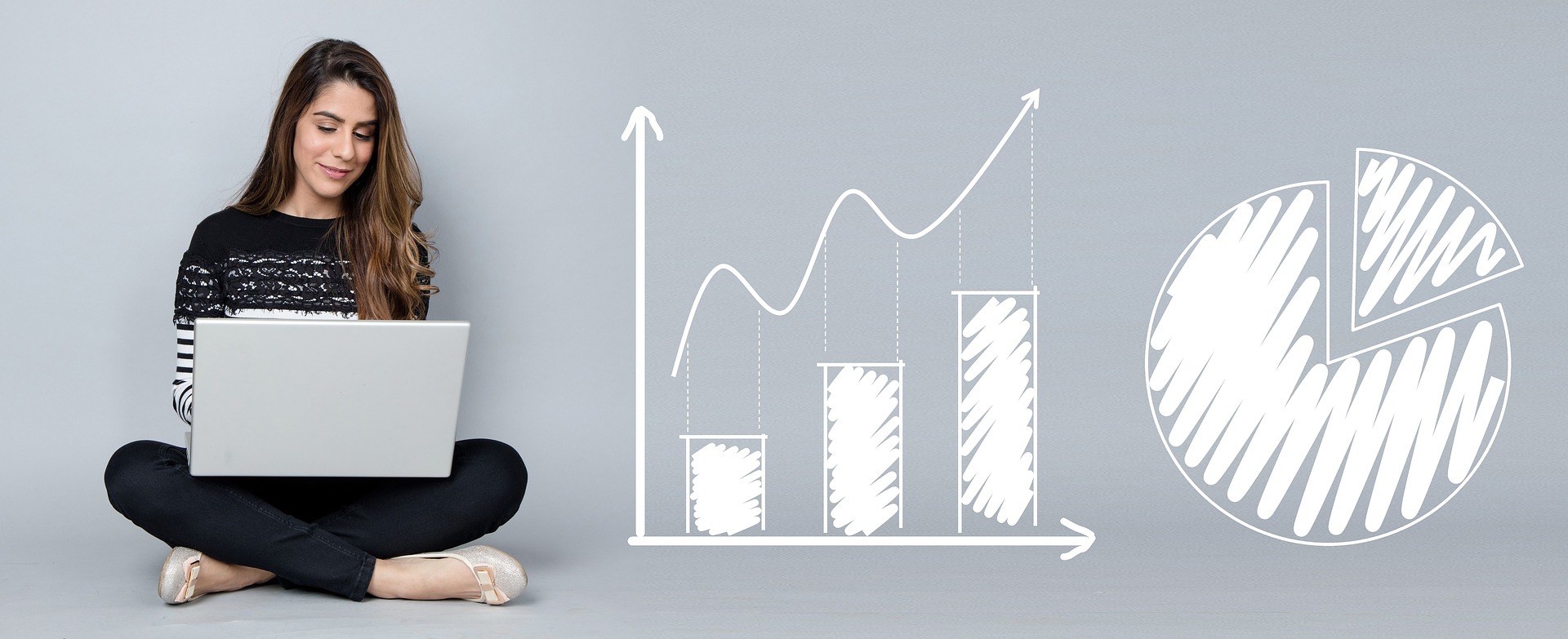Investing in real estate requires planning. The more detailed your plans are, the better, after all, you need to know what you are going to find ahead so that you can avoid problems in the future. One of the ways that you need to consider to get your house is financing, especially the kind done with banks, such as Caixa Econômica Federal.
In today’s text, VRV will present to you some tips to plan your financing with Caixa Econômica Federal in a precise and assertive way, from a careful analysis of the program to the choice of the property and documentation survey.
It just seems difficult, but it isn’t. Check below how to plan your financing and buy your new home!
How a housing loan works
The purchase of a house, apartment, or any other new or used housing property can be made through a financed payment. This process is done through banks, which pay the seller of the property the amount the buyer wishes to finance. The buyer then pays the financed amount back to the bank until the debt is paid off.
It is interesting to keep in mind that, even in debt, the property belongs to the buyer. However, without the end of the debt, the house cannot be traded. In order to sell, rent, or do any other transaction with the property, the buyer must pay off the entire amount of the financing contract.
Several banks provide this solution, but there are differentials from one to the other. Usually, these differences are noticeable in the payment conditions, the interest rates charged, the duration of the contracts, and the value of the property that the buyer wishes to acquire.
When the bank that meets the required conditions has been chosen, the first step is to go to the branch and talk to a manager to start the steps for the release of the money (credit) in the account.
Financing a property with Caixa Econômica Federal
No matter if you have an account in another bank, the financing provided by Caixa is the best option, since it offers the lowest interest rates in the market. For this reason, before requesting approval from your current bank, try to learn a little more about the Caixa service.
After understanding how the Caixa financing works, go on to the value simulation phase, where you will study the amount that should be worth as a down payment for the house or apartment, the amount to be financed, and the number of installments – in some scenarios, the payment can last up to 30 years.
With this in mind, it is possible to quickly understand the relevance of an analytical planning, which considers how much the down payment will be and what the installments will be, considering the monthly family income and the price of the chosen property.
Caixa makes an online simulator available, where more details about deadlines and conditions are also shown.
With this phase completed, start thinking about the down payment. You need to save the money for the down payment. You will probably be faced with large sums, but don’t despair, that’s what planning is for: to deal with what seems improbable and make your dream come true. If you have the disposition and discipline, you can start saving today, by cutting down or increasing your income.
It is also possible to use the FGTS (Employment Time Guarantee Fund) to make a down payment. But beware, only people with a certain maximum family income can participate, an amount that varies depending on the region of the country, so research and be aware!
The formalization of your income is another point that needs delicacy. Deposit in a bank account all the money you earn, especially if you have more than one source of income. This will generate a statement of your account activity, making it easier to prove the money you declare.
In the case of informal workers, another way to prove the income you receive and have available for investment in the property is by opening a business as an Individual Micro-entrepreneur (MEI). The MEI is the most agile and economical way to have a CNPJ, yet you also guarantee benefits such as retirement and sick pay.
When it comes to finding a property, be it a house or an apartment, perform this process with care so that, besides having all the necessary resources, spaces, and size to accommodate you and all your family members, it also has all the documentation up to date. Keep in mind that the nacos don’t finance properties without a title deed. So if you decide to buy a used one, be aware of this fact. And also check that the residence has no debts or irregularities.
Finally, the most important part: getting the documents to do the financing correctly.
The Caixa Econômica Federal will request a list of documents to enter the contract, and if any part of the paperwork is not up to date, incomplete, or not viable for use, it will be impossible to get the financing approved. Therefore, to avoid rework and speed up the process, the best thing to do is to go after all the items on the list in advance and check their status more than once.
Normally, the documents required for financing at Caixa are the following:
- Identity document (RG or National Driver’s License);
- CPF;
- Proof of marital status
- Proof of address
- Proof of income;
- FGTS (Employee Severance Indemnity Fund) statement;
- Income Tax Statement;
- Employment record.
With these tips, you can plan the financing of your dream home with Caixa Econômica Federal in a fast, practical way and with no headaches.
For more information like this, access the VRV blog right now!




